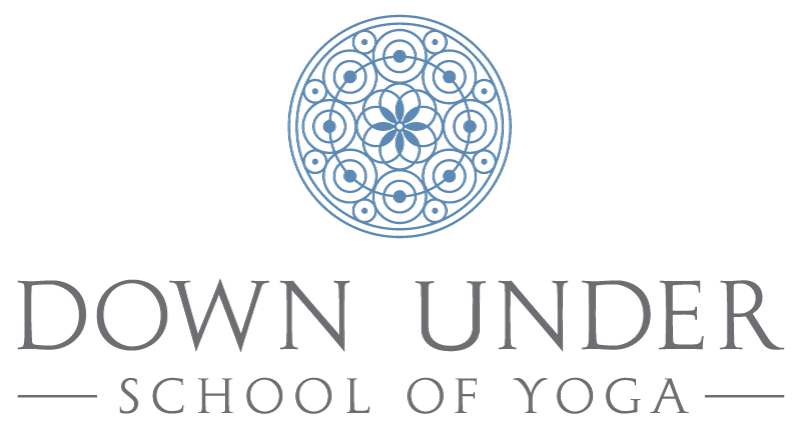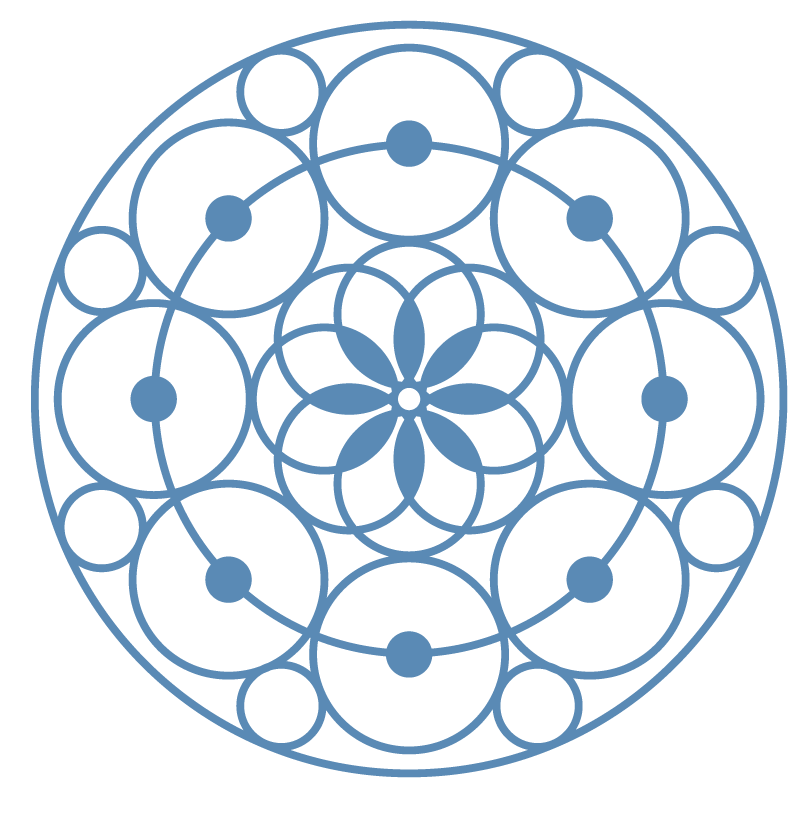Feldenkrais: How Do I Keep the Improvement?
At the end of Feldenkrais Awareness through Movement® classes or private hands-on Functional Integration, you will feel better than you did when you started.
You may feel taller, lighter, looser, more connected, more relaxed, and if you had discomfort at the outset, your pain is often diminished or gone.
But over the next few days, that wondrous feeling may dissipate. How do you keep the gains that you made? How do you stay more grounded, less anxious and more at ease?
These questions perplexed me when I started studying the Feldenkrais Method in the 1980’s. I would feel great after a lesson, but then the effects would gradually disappear.
Over time, I learned that Feldenkrais classes do not end when the movements stop. The classes help us improve our bodily awareness and it is this improved sensitivity, rather than any particular movements, that creates permanent change.
During a lesson, our nervous systems try many different options. Our habitual patterns are disrupted, and our brains have a chance to learn something new.
Without trying, new neurological pathways begin to develop, which allow for better posture and easier, more coordinated movement. But those new pathways are unfamiliar. If you immediately get up and check your phone or rush back into your day, you may lose out on the chance to integrate what you just learned.
Have you ever watched a baby? Babies move constantly. Movement gives them information about themselves and their worlds. Movement builds their brains. Babies learn to hold their heads up, roll over, sit, stand and walk by trying many random movements. Their nervous systems are constantly evaluating what happens when they move. Even their thoughts are shaped by their movements and their sensations.
During a Feldenkrais class, you have given yourselves an hour to try different movements and pay attention to how the movements make you feel. Noticing gives you a chance to rewire and rebuild your brain.
So give yourself sufficient time to feel and take notice of the various changes that occur in your body over the course of the lesson. Simply noticing differences in the way you are standing and moving will strengthen those new neural pathways. You don’t need to name your sensations. Noticing is enough and using your non-verbal brain is an important skill we don’t often practice.
After class, walk around and feel yourself. Feel what is different, and that will help your brain integrate the improvement.
Try to avoid situations where your old habits kick in. You’ve spent years perfecting your current habits. And habits can be good. You don’t want to have to think about driving to work every second of the trip. However, driving is a perfect example of a situation where you might tense up and grip the steering wheel harder than necessary. You may clench your jaw, jut your head forward and try to conform to a seat that wasn’t meant for your spine. So don't rush back to 'normal' life too quickly. New learning is fragile, especially after a lifetime of moving in habitual patterns. Allow yourself to notice any changes in how you are going about your life for a couple of days after a lesson. This will help solidify your new learning.
When I first started with the Feldenkrais Method, I received private Functional Integration lessons which were individualized to address the tightness and stress in my body that restricted me.
I wanted to dance better. The Feldenkrais practitioner gently moved my body parts, giving my nervous system valuable information about how to feel more connected, more in my body.
I felt more grounded, I was able to breathe better and I was able to coordinate my body in ways to become a better dancer.
But keeping that improvement was not easy. My body fell into the old patterns of muscle tension that lifted me out of the floor and made me feel disconnected, and I wasn’t always able to do the things I could do right after a session.
So I started doing Awareness through Movement classes, or lessons as they are called in the Feldenkrais world. Dr. Feldenkrais felt he was teaching people how to move better which in turn improved all aspects of life. This was true for me. However, I had to practice a little.
While the body and mind will try to keep new patterns that feel better, old habits are hard to shake. My body had to keep being reminded. I would do movements from the classes for a few minutes every day. There were some movements I found especially helpful. I had to do them with awareness. The movements themselves done without paying attention have no effect.
So in addition to paying attention to how you feel right after a class, I would recommend doing some of the movements you remember at some point during your day.
You can notice how the movements affect your breathing. How they affect tension in your jaw. You can check and see if you can allow your body to stop working so hard. Don't do the same movements every day. Your nervous system likes novelty. You don’t want the movements to become rote. Doing them before bed can be helpful as a prelude to sleep unless you find them stimulating.
As you go about your day, try to find a few moments to notice your breathing. And remember your breathing after a class. What is different? Can you relax your belly more? Notice if your jaw is clenched. See if your pelvis can move a little more than is your habit.
The thing about Feldenkrais is that the results are cumulative. You will become more and more sensitive to yourself. You can always feel better. You will feel good and then you do another class and you will feel even better. And you will lose a little, but then you can get it back easily by doing a few more movements. With awareness. It always works.


